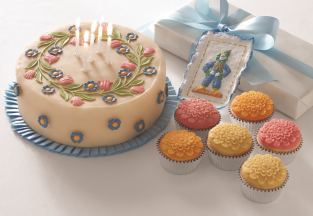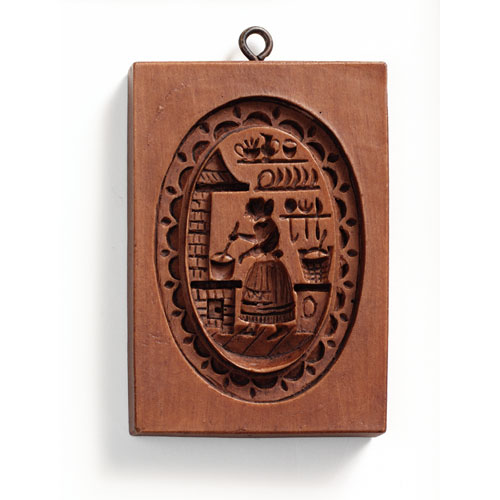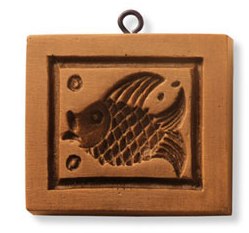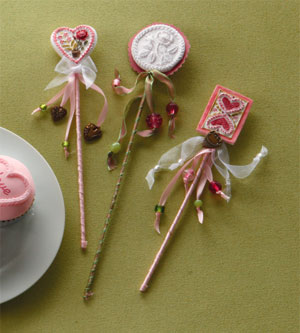If you’ve not yet heard of House on the Hill, crafters of springerle and speculaas molds, and if you have the slightest interest in cookies, baking, crafting and art, I urge you to visit immediately. Or rather after you read my rave, of course.
Traditionally associated with winter, springerle dates to 14th century Germany. The cookies were created for the Pagan celebration Julfest to serve as sacrifices to the gods for those too poor to sacrifice their animals in the hopes for an end to Winter and an early Spring. (For more history, click HERE or HERE, or, ahem, read chapter 3 in my book. I worked with House on the Hill a bit when writing it, and they were kind enough to contribute pictures of replica springerle molds for the “history of the decorated cookie” chapter, a chapter that exists only to sate my nerdiness.) Springerle survived the centuries and lingers today, though still associated primarily with winter, along with the springerle cookie cousins, gingerbread and speculaas. But that is changing as more bakers and crafters discover new uses for the molds.
House on the Hill makes high-quality, hand-cast and hand-finished molds and presses, each depicting “meticulously reproduced etches of life cycle, farming, seasonal, religious, romance, flower, folklore scenes and more.” Their site is full of information, including recipes, a how-to video, ideas just for kids, craft ideas (you can use the molds for paperclay and beeswax, too), and a gallery of ideas (click on “Tasty Treats”) for using the molds beyond the Winter season. Use them with fondant, moldable chocolate, marzipan, as cake toppers, for showers and birthdays…
Check out this amazing birthday spread:
 And these clever wishing wand crafts:
And these clever wishing wand crafts:
[tags]springerle, speculaas, cookies, molds[/tags]




Love these, and the web site! I don’t know what took me so long, but I finally bought your book! Can’t wait till it arrives!